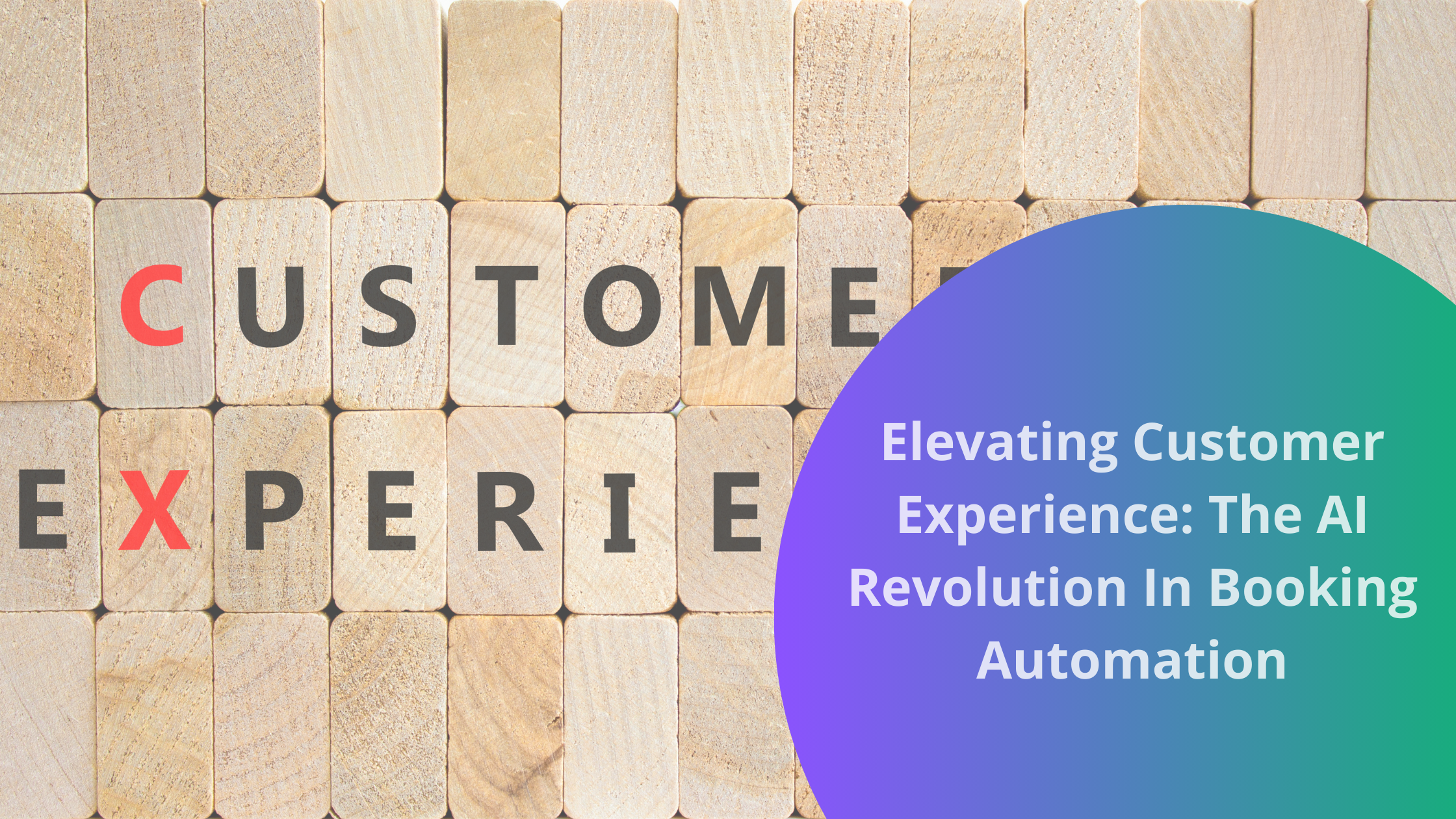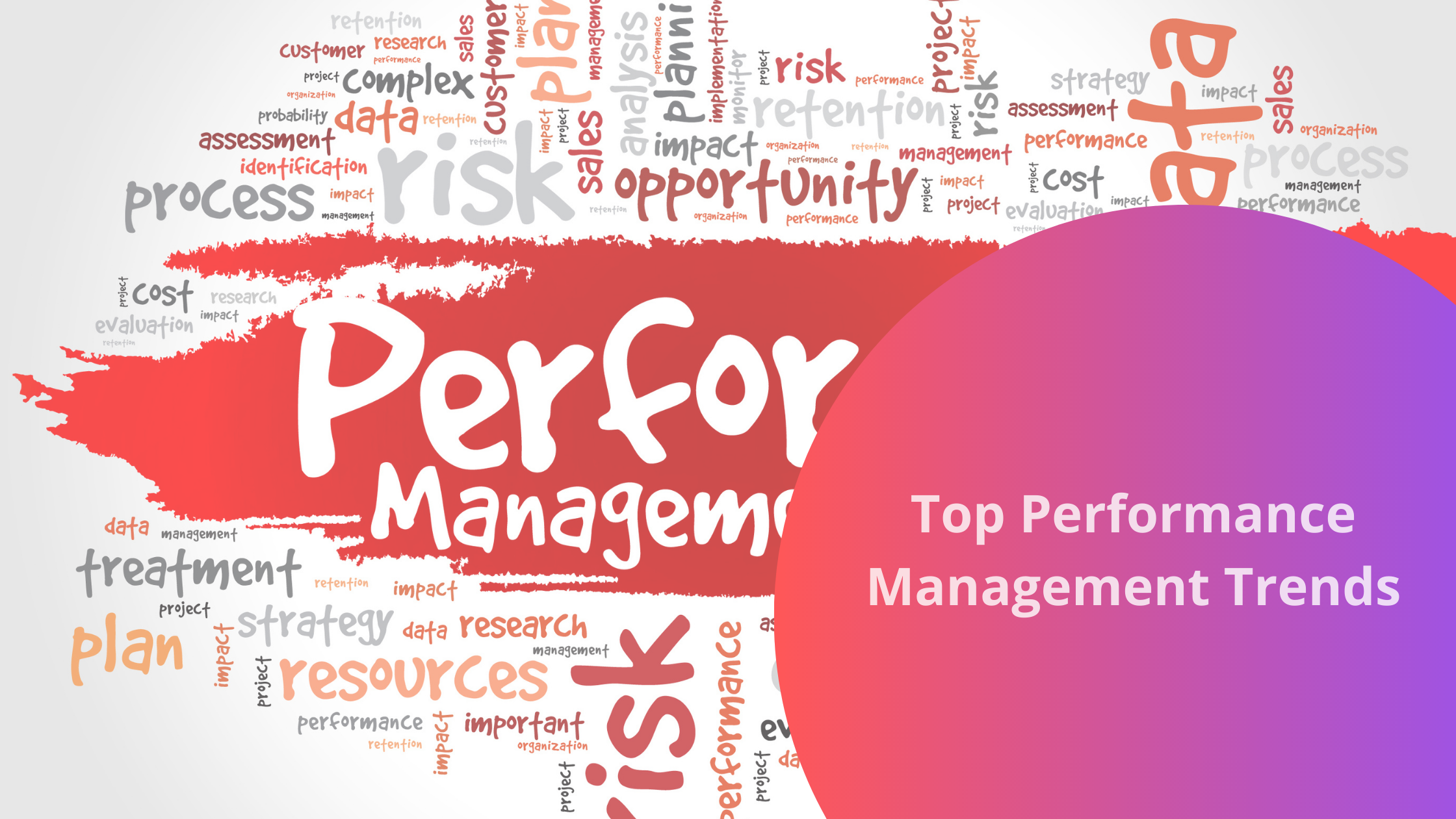As businesses continue to navigate a rapidly evolving landscape, performance management remains a crucial aspect of optimizing workforce productivity and achieving organizational goals. In 2023, performance management will undergo significant changes due to technological advancements and a greater emphasis on employee development and growth.
In this article, we will explore ten performance management trends that are poised to dominate 2023, with an emphasis on the transformative role of latest tools and technologies.
What Exactly Is Performance Management?
Performance management is a process in which organizations support their employees to achieve their best by setting clear goals, providing regular feedback, and offering opportunities for growth and development. It’s about maximizing individual and team performance to contribute to the overall success of the company.
Top 10 Performance Management Trends
Performance management is an essential aspect of modern businesses, aiming to optimize employee productivity and enhance organizational success. Here are the key performance management trends that are shaping the future of work and driving greater employee engagement and performance.
Real-Time Performance Feedback
Traditional annual performance review will give way to real-time feedback. Real-time performance feedback empowers managers and peers to provide instant feedback on achievements and areas for improvement. This agile approach fosters continuous learning and ensures employees are better equipped to address challenges and capitalize on opportunities.
AI-Powered Performance Analytics
Artificial Intelligence (AI) will revolutionize performance management by leveraging vast amounts of data collected. AI-driven performance analytics will enable organizations to identify performance patterns, potential skill gaps, and development opportunities more accurately. By making data-driven decisions, businesses can optimize their workforce’s potential and productivity.
Personalized Employee Development Plans
The future of employee development lies in personalized plans crafted just for them. Using performance data, organizations can uncover strengths and areas to improve, creating unique training programs that nurture continuous learning. This trend empowers employees to unlock their full potential and fosters a culture of growth within the company.
When individuals feel that their growth is specifically catered to their needs and ambitions, they become more motivated and engaged. This, in turn, leads to increased job satisfaction and loyalty to the organization. The rise of personalized development plans in performance management is transforming how organizations nurture talent and drive success.
Continuous Performance Monitoring
Organizations can embrace continuous performance monitoring through performance management software. Regular check-ins and progress tracking will enable managers to address issues promptly and offer support as needed. This approach ensures that employees stay on track to achieve their goals, leading to improved performance outcomes.
Goal Alignment And Cascading
Goal alignment and cascading facilitates the alignment of individual goals with organizational objectives. Managers can cascade high-level goals throughout the organization, ensuring every employee understands how their work contributes to overall success. This alignment cultivates a cohesive and motivated workforce, driving collective efforts toward shared goals.
This alignment is not only essential for clarifying expectations but also for motivating employees. When individuals see how their daily efforts directly impact the organization’s success, they feel a sense of purpose and belonging. This, in turn, boosts employee morale and engagement, as they recognize the significance of their work in the grand scheme of things.
Transparent Performance Metrics
In 2023, transparency in performance metrics will become a crucial aspect of performance management. Employees will have direct access to their performance data, encouraging responsibility and inspiring them to improve. Transparent metrics will cultivate a fair and open work environment, promoting better communication and collaboration within the organization.
When performance metrics are transparent, employees have a clear understanding of how their work is evaluated and how it aligns with organizational goals. This transparency not only fosters a sense of ownership and accountability but also motivates individuals to strive for excellence.
Continuous Skill Development And Upskilling
As businesses adapt to the changing landscape, continuous skill development becomes vital for maintaining a competitive edge. The integration of learning modules and resources into performance management will empower employees to acquire new skills aligned with the organization’s requirements.
In this dynamic environment, upskilling is no longer a one-time event but an ongoing process. Organizations recognize that nurturing a culture of learning and development is crucial for employee growth and long-term success.
Performance Recognition And Rewards
Performance recognition and rewards will facilitate timely and meaningful recognition of employee achievements. Managers can use the software to acknowledge outstanding contributions and reward exceptional performance, fostering a positive work environment and boosting employee morale.
Data-Driven Succession Planning
Data-driven succession planning will become a critical aspect of performance management. The software’s analytics will help identify high-potential employees and prepare them for leadership roles, ensuring a smooth transition in the face of organizational changes.
Employee Well-being And Work-Life Balance
Recognizing the impact of employee well-being on performance, organizations will prioritize work-life balance and mental health. Businesses will include well-being assessments, allowing businesses to address potential stressors and create a supportive work environment.
Conclusion
Performance Management trends are continually evolving to enhance organizational success. It is changing to put people first. With a focus on regular feedback, coaching, and development, employees feel more valued and motivated. Embracing technology also helps companies make smarter decisions and foster a culture of growth. By following these trends, organizations can thrive and create a happier, more successful workforce.




